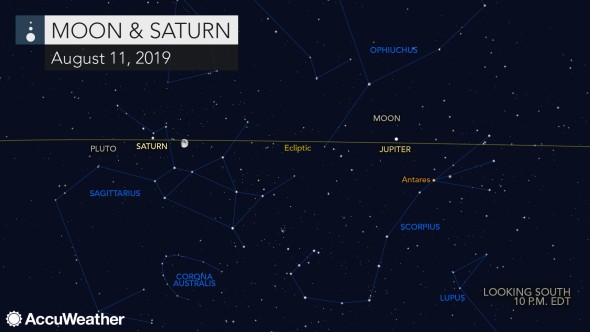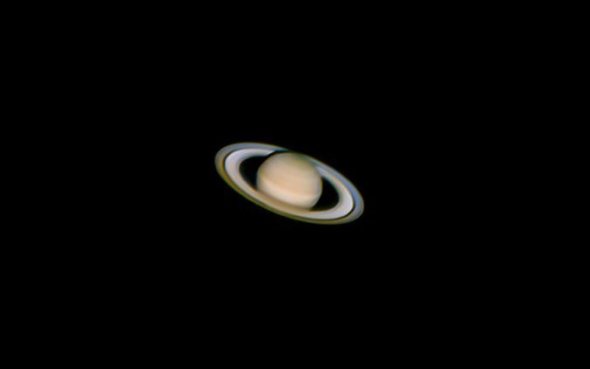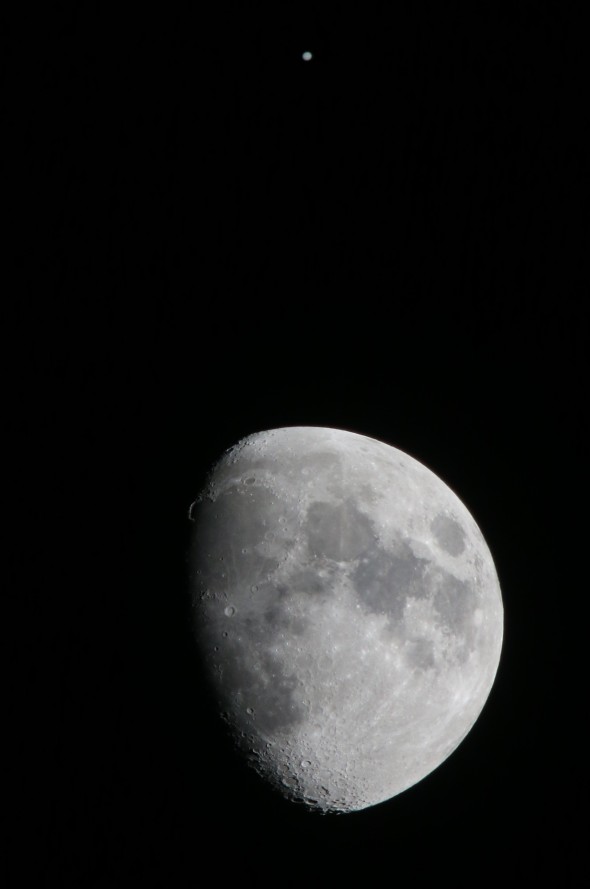Last chance: See the moon near these 2 planets Sunday night – AccuWeather.com
By Brian Lada, AccuWeather meteorologist and staff writer
August 11, 2019, 8:56:56 AM EDT
This weekend is featuring an astronomical alignment involving the moon, Saturn and Jupiter that will be great for stargazers of all ages.
The show kicked off on Friday night with the moon pairing up with Jupiter in the southern sky.
Saturday night then featured the alignment of the three celestial objects as the moon appeared nearly directly between Jupiter and Saturn.
The three-night show will come to a conclusion on Sunday night as the moon swings by Saturn. It will not be quite as close to the ringed-planet as it was to Jupiter two nights prior, but the two will be easy to spot in the southern sky.
No telescope is needed to see the moon or the two planets, but having one will unveil some extra details and perhaps even Pluto, which will be in the same area of the sky. Onlookers may also spot a few shooting stars associated with the Perseid meteor shower, which peaks on Monday night.

This weekend’s meeting of Jupiter, Saturn and the moon will be great for stargazers familiarizing themselves with a new telescope as the three objects are easy targets to find and will reveal some extra details of the planets.
RELATED:
Follow AccuWeather Astronomy on Twitter
Perseid meteor shower: How and when to see one of the best astronomical events of the year
How light pollution dimmed the stars, Milky Way across the globe
3 tips for stargazing without a telescope
Most telescopes are strong enough to reveal Jupiter’s four largest moons, which will look like four small stars near the planet. Slightly stronger telescopes focused on Saturn will reveal its famous rings, and perhaps even its largest moon, Titan.

Saturn as seen through a telescope on Aug. 7, 2019. (Twitter/Tom Campbell/@Avid_Astronomer)
Meanwhile, folks that are more experienced with using their telescope and looking for a more challenging object to spot can search for Pluto.
Pluto is too small and too far away from the Earth to be seen with the naked eye and basic telescopes, but people that have a bigger, more powerful telescope can use it to spot the distant heavenly body.
Monday night will be a particularly good night to look for Pluto as it will be off to the left of Saturn and to the right of the Moon, giving two points of reference to help people find it with their telescope.
Saturn and Jupiter will remain visible in the night sky through the rest of August and into September; however, they will gradually grow dimmer and set earlier and earlier every night.

The Planet Jupiter is seen in conjunction just above the waxing gibbous Moon on Monday night, January 21, 2013, from Tyler, Texas. (AP Photo/Dr. Scott M. Lieberman)





